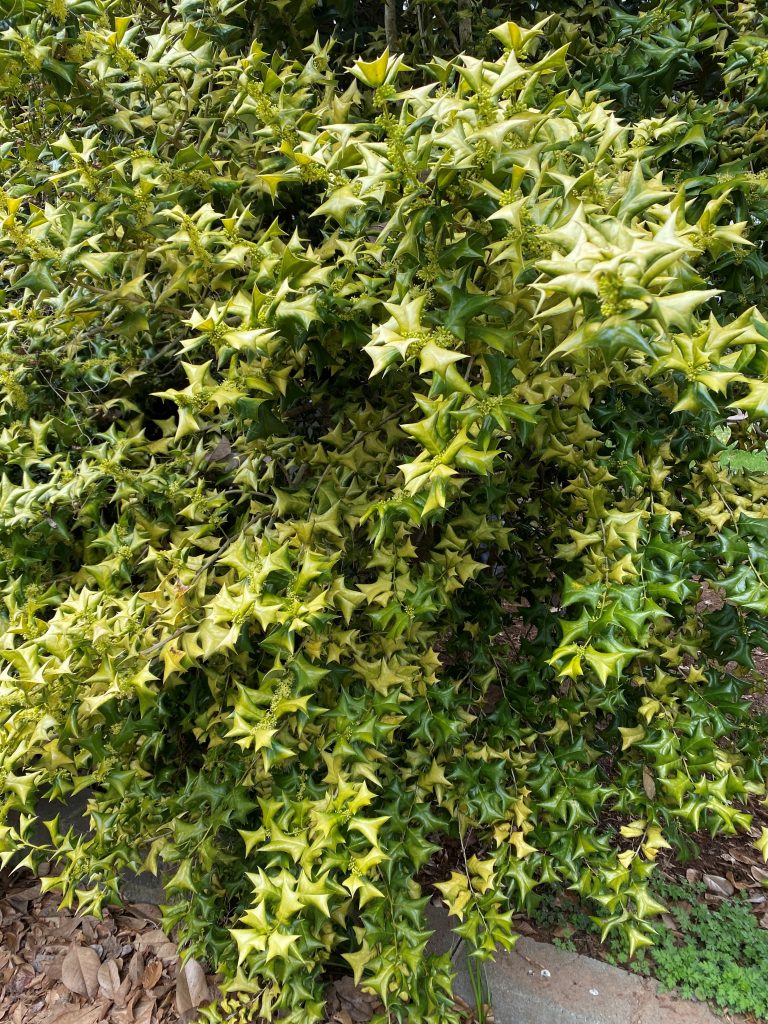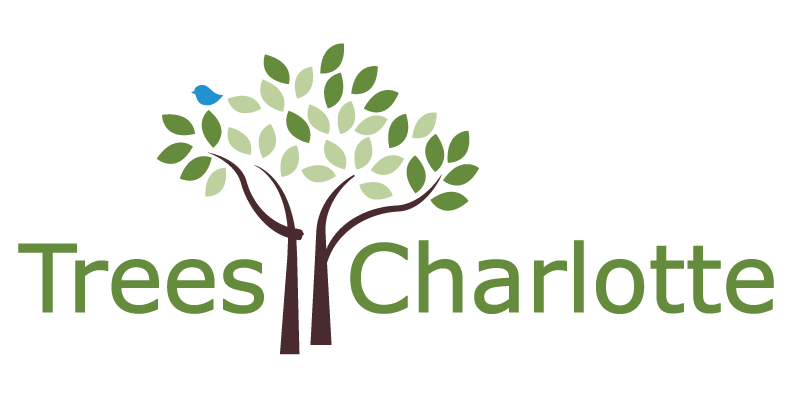A Guide to Fertilizing Trees

By: Kate Bolkin
When you type “tree fertilizer advice” into Google, you may notice that a lot of unclear or conflicting answers pop up. I’ve seen websites insist that fertilizing a tree is unnecessary and harmful, while others recommend fertilizing every single year. So, what’s the answer? What’s important for you to know?
We’ve developed a simple tree fertilizer guide for your trees at home. All this info has been gathered from the International Society of Arboriculture and expert arborist services.
Know what to look for.
Many trees can go their entire lives never needing fertilizer and be ok. But if a tree is short on nutrients, it can be fatal. Common symptoms of a nutrient-deficient tree include chlorosis (the yellowing of leaves), smaller leaves, and shorter twig growth. Keep in mind that these are also symptoms of other tree disorders as well, and may not necessarily mean there is a nutrient deficiency. That’s why soil testing and/or calling an arborist is so important.

Test, test, test!
Before applying fertilizer, get a soil test done! A soil test will tell you what nutrients (if any) your soil is lacking. I cannot stress how important this is because most fertilizers only contain the three most common macronutrients—nitrogen, phosphorus, and potassium. This means if your soil is lacking secondary or micronutrients like magnesium or iron, a standard fertilizer will not solve this issue. You can obtain a free soil test through your local NC Cooperative Extension office or at any gardening store for a low price. More info about soil testing here.
What kind should I use?
The most common limiting nutrient is nitrogen, so odds are you will need a fertilizer with nitrogen content (but of course, test first!). Just as fertilizer can improve a tree’s health, a fertilizer that is too strong or releases its contents too quickly can be damaging. For trees, using a slow-release, low-salt fertilizer is desirable. This type of fertilizer will release nutrients over an extended period of time, which reduces the chances of fertilizer “burn”. Fertilizer “burn” occurs when the ions (or salts) in the fertilizer draw out water from the roots, making the tree thirsty and giving the leaves a “burned” look.
How much do I apply?
The rate of fertilizer application can vary depending on the tree’s species, size, and health, site conditions, form of fertilizer, and application method. In general, when using a slow-release nitrogen fertilizer, apply 2-4 pounds per 1,000 square feet of root area. Apply only 1-3 pounds if using quick-release fertilizer. Too much fertilizer can leach into waterways and cause environmental damage.
When do I apply?
Nutrient uptake is typically high in the spring because the tree’s metabolic rate is the most active as new leaves grow. Fertilizing in the fall can also help replenish some of the nutrients lost during the summer. Trees also readily absorb fertilizers when water levels are adequate, so be sure to water properly and apply mulch to retain moisture. Do not apply fertilizer within the first year of planting.
You tried all that and nothing is helping.
If you notice that the state of your tree is not improving even after applying the correct fertilizer in the correct amount at the correct time, that’s when it’s time to call a certified arborist to check it out. Sometimes the surface application of fertilizer leaches or gets absorbed by grass before the tree can even get to it. Sometimes trees have root issues that inhibit the uptake of nutrients. Arborists can apply different kinds of fertilizer methods that could help your tree out and diagnose any underlying problems.



